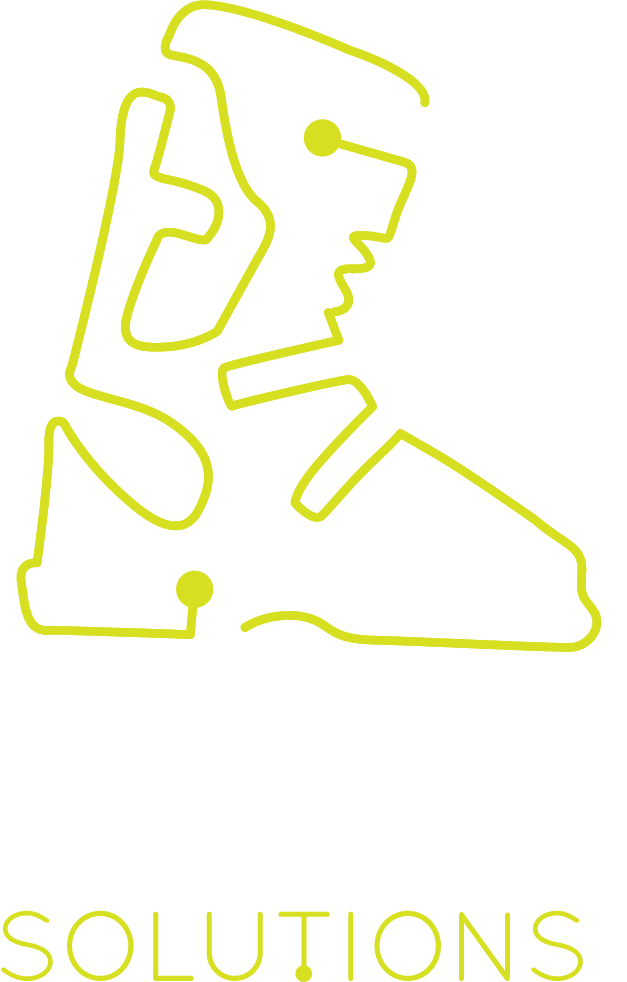Choosing the right flex
Flex ratings
Flex ratings have increasingly become a major feature in the advertising and marketing of ski boots as well as in the categorisation of boots for the type of skier and level of performance required.
There appears to be no standards for flex ratings between brands and models, meaning that the same flex rating in one boot can differ considerably from another despite having the same rating.
Stiff vs soft flex
Generally speaking, the higher the flex rating, the stiffer the flex becomes with more resistance to movement of the upper and lower cuff as the skier applies pressure to the front of the boot. A stiffer flex may be desirable for the more aggressive skier as energy transfer from leg-to-boot-to ski as well as the rebound will occur more efficiently. A softer flex allows for easier movement of the boot’s upper and lower cuff, which means less force is required, however, there is a pay off as the rebound force will also be weaker. A softer flex is generally desired for the less advanced skier, who is still learning the technique of applying pressure into the front of the boot. A softer flex may also be appropriate for a freestyle skier, or a person of lighter weight.
Which flex is right for you?
When fitting boots, the custom boot fitter will make a recommendation of flex based on a number of factors such as the skier’s height, weight, ability, and personal preference. The boot fitter will usually observe the skier flexing a boot and may make a judgment to either recommend a stiffer or softer flex based on their observation in the shop. The flex of some ski boots varies considerably in different temperatures depending on the type of plastics used in manufacturing. The boot fitter should also advise the skier on this fact as part of the consultation.
Assessment of foot and ankle biomechanics play an important role in the choice of flex for some skiers. There are some circumstances where a stiffer flex is desirable for a less experienced or lighter weight skier. An example may be someone who has limited ankle range of motion in the dorsiflexory direction (bringing the foot towards the shin). All ski boots are made with varying amounts of forward lean, which can be calculated by measuring the angle of the upper cuff to the base of the ski boot and subtracting the delta angle which is the ramp angle of the boot board inside the boot. A range of ankle dorsiflexory ankle motion of less than 10 degrees is considered inefficient in gait biomechanics (walking). For skiing, this number is slightly higher, with the skier requiring around 12-15 degrees of motion, which will allow them to stand in the boot and then have enough reserve to actually flex the boot. When someone is considerably limited in their dorsiflexory range of motion (less than 12 degrees), they can reach their limit just by standing in the boot, and so they will not have enough available motion to flex the boot. As a consequence their heel will lift at the back of the boot when the ankle reaches its maximum range and their weight will shift towards the toes, sometimes leading to calf cramping and/or forefoot pain. In this instance the boot fitter may recommend a stiffer (less flex) boot that is naturally more upright in forward lean and this way the skier will engage the ski boot with less ankle range of motion.
